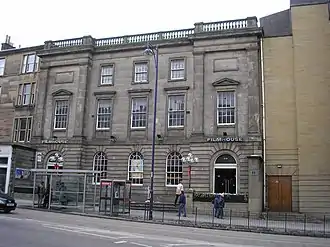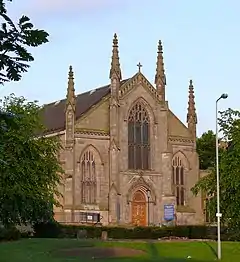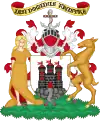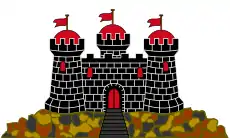The Edinburgh Portal
Welcome! — Fàilte! — Walcome!
.jpg.webp)
Edinburgh (/ˈɛdɪnbərə/ ⓘ Scots: [ˈɛdɪnbʌrə]; Scottish Gaelic: Dùn Èideann [ˌt̪un ˈeːtʲən̪ˠ]) is the capital city of Scotland and one of its 32 council areas. The city is located in south-east Scotland, and is bound to the north by the Firth of Forth estuary and to the south by the Pentland Hills. Edinburgh had a population of 506,520 in mid-2020, making it the second-most populous city in Scotland and the seventh-most populous in the United Kingdom.
Recognised as the capital of Scotland since at least the 15th century, Edinburgh is the seat of the Scottish Government, the Scottish Parliament, the highest courts in Scotland, and the Palace of Holyroodhouse, the official residence of the British monarch in Scotland. It is also the annual venue of the General Assembly of the Church of Scotland. The city has long been a centre of education, particularly in the fields of medicine, Scottish law, literature, philosophy, the sciences and engineering. The University of Edinburgh, founded in 1582 and now one of three in the city, is considered one of the best research institutions in the world. It is the second-largest financial centre in the United Kingdom, the fourth largest in Europe, and the thirteenth largest internationally.
The city is a cultural centre, and is the home of institutions including the National Museum of Scotland, the National Library of Scotland and the Scottish National Gallery. The city is also known for the Edinburgh International Festival and the Fringe, the latter being the world's largest annual international arts festival. Historic sites in Edinburgh include Edinburgh Castle, the Palace of Holyroodhouse, the churches of St. Giles, Greyfriars and the Canongate, and the extensive Georgian New Town built in the 18th/19th centuries. Edinburgh's Old Town and New Town together are listed as a UNESCO World Heritage Site, which has been managed by Edinburgh World Heritage since 1999. The city's historical and cultural attractions have made it the UK's second-most visited tourist destination, attracting 4.9 million visits, including 2.4 million from overseas in 2018. (Full article...)
Selected location article
The Old Town (Scots: Auld Toun) is the name popularly given to the oldest part of Scotland's capital city of Edinburgh. The area has preserved much of its medieval street plan and many Reformation-era buildings. Together with the 18th/19th-century New Town, and West End, it forms part of a protected UNESCO World Heritage Site. (Full article...)
Selected images
Selected transportation article
.jpg.webp)
Edinburgh Airport is 8 miles (13 km) to the west of the city centre, on the A8 trunk road, and is the principal international gateway to the city, as well as the busiest airport in Scotland. It is owned and operated by Global Infrastructure Partners. The airport serves a wide range of domestic and an expanding number of European, transatlantic and Middle East destinations, handling over 12 million passengers per year.
The main terminal building was built in 1977 by the Edinburgh architect Robert Matthew, and was substantially extended and modernised in the late 1990s. A £14m project to construct a new international pier, further increasing capacity, was completed in 2006. (Full article...)
Selected area article

Bankhead is a non-residential area of western Edinburgh, Scotland. It borders the Edinburgh City Bypass (A720) and Hermiston Gait (M8 motorway terminus) to the west, the Calders neighbourhood to the south – accessed via a pedestrian underpass, Sighthill to the east, and South Gyle/Edinburgh Park to the north. It is mostly occupied by a large industrial park. Amongst the companies here, Royal Mail and Burtons Biscuits have a large presence. Ethicon also had a plant here, but it has closed, and will reportedly be replaced by a sports facilities. Edinburgh College, the former Stevenson College and the Sighthill campus of Napier University are just to the west. (Full article...)
Selected environment article
Like most of Scotland, Edinburgh has a cool, temperate, maritime climate which, despite its northerly latitude, is milder than places which lie at similar latitudes such as Moscow and Labrador. The city's proximity to the sea mitigates any large variations in temperature or extremes of climate. Winter daytime temperatures rarely fall below freezing while summer temperatures are moderate, rarely exceeding 22 °C (72 °F). The highest temperature recorded in the city was 31.6 °C (88.9 °F) on 25 July 2019 at Gogarbank, beating the previous record of 31 °C (88 °F) on 4 August 1975 at Edinburgh Airport. The lowest temperature recorded in recent years was −14.6 °C (5.7 °F) during December 2010 at Gogarbank.
Given Edinburgh's position between the coast and hills, it is renowned as "the windy city", with the prevailing wind direction coming from the south-west, which is often associated with warm, unstable air from the North Atlantic Current that can give rise to rainfall – although considerably less than cities to the west, such as Glasgow. Rainfall is distributed fairly evenly throughout the year. Winds from an easterly direction are usually drier but considerably colder, and may be accompanied by haar, a persistent coastal fog. Vigorous Atlantic depressions, known as European windstorms, can affect the city between October and May. (Full article...)
Did you know?
No recent additions
Selected arts article
The Edinburgh Filmhouse is a cinema located in Edinburgh, Scotland, which opened in 1979. It was home to the world's oldest continually running film festival, Edinburgh International Film Festival. The cinema closed in October 2022 when its parent body went into administration. As of September 2023, a campaign organised by former staff is underway to reopen Filmhouse. (Full article...)
Selected education article
List of schools in Edinburgh is a list of schools in the City of Edinburgh council area of Scotland. It lists schools both within Edinburgh itself, and in outlying villages within the local government boundary. (Full article...)
Selected sports article
The Scotland national cricket team (Scots: Scotland naitional cricket team, Scottish Gaelic: sgioba nàiseanta criogaid na h-Alba) represents the country of Scotland. They play their home matches at The Grange, Edinburgh, and also some other venues.
Scotland became Associate Members of the International Cricket Council (ICC) in 1994 after severing links with the England cricket team two years earlier. Since then, they have played in three ODI World Cups (1999, 2007 and 2015) and five T20 World Cup tournaments (2007, 2009, 2016, 2021 and 2022). However, their first win in either of these events did not come until they beat Hong Kong in the 2016 T20 World Cup. Scottish cricket team is governed by Cricket Scotland. (Full article...)
Selected religion article
The Archdiocese of Saint Andrews & Edinburgh (Latin: Archidioecesis Sancti Andreae et Edimburgensis) is an archdiocese of the Latin Church of the Catholic Church in Scotland. It is the metropolitan see of the province of Saint Andrews and Edinburgh, consisting of the additional suffragan sees of Aberdeen, Argyll and the Isles, Dunkeld, and Galloway. The archdiocese is led by Archbishop Leo Cushley, and its cathedral is St Mary's Cathedral, Edinburgh. (Full article...)
Related portals
Categories
Topics
In the news
- 3 November 2023 –
- The University of Edinburgh in Scotland, United Kingdom, returns the remains of four Paiwan warriors to the Taiwanese indigenous community, marking the first international repatriation of ancestral remains for Taiwan. The skulls, which the university acquired in 1907 and are believed to have been taken by Japanese forces in 1874, will be housed at the National Museum of Prehistory in Taitung while awaiting a final resting place decision from Mudan authorities. (AFP via The Straits Times)
Associated Wikimedia
The following Wikimedia Foundation sister projects provide more on this subject:
-
 Commons
Commons
Free media repository -
 Wikibooks
Wikibooks
Free textbooks and manuals -
 Wikidata
Wikidata
Free knowledge base -
 Wikinews
Wikinews
Free-content news -
 Wikiquote
Wikiquote
Collection of quotations -
 Wikisource
Wikisource
Free-content library -
 Wikiversity
Wikiversity
Free learning tools -
 Wikivoyage
Wikivoyage
Free travel guide -
 Wiktionary
Wiktionary
Dictionary and thesaurus
-
 List of all portalsList of all portals
List of all portalsList of all portals -
 The arts portal
The arts portal -
 Biography portal
Biography portal -
 Current events portal
Current events portal -
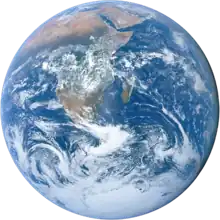 Geography portal
Geography portal -
 History portal
History portal -
 Mathematics portal
Mathematics portal -
 Science portal
Science portal -
 Society portal
Society portal -
 Technology portal
Technology portal -
 Random portalRandom portal
Random portalRandom portal -
 WikiProject PortalsWikiProject Portals
WikiProject PortalsWikiProject Portals
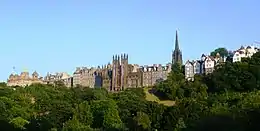
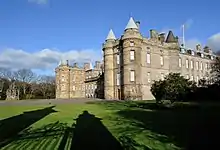
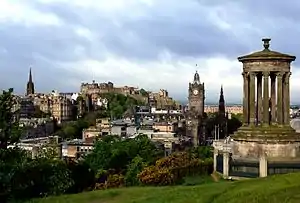
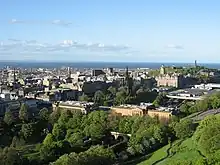


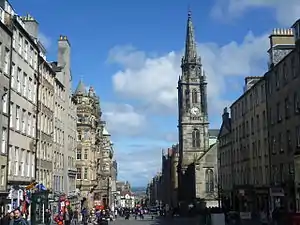
.jpg.webp)
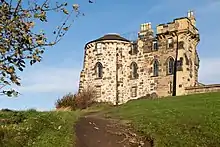
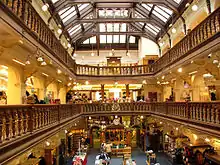
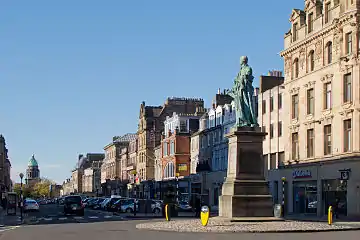
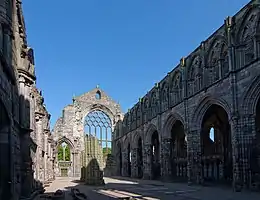
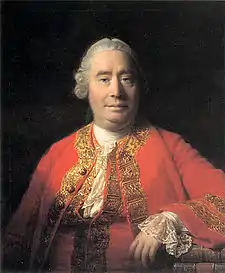
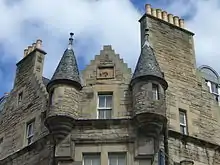
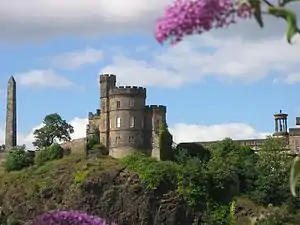


.jpg.webp)
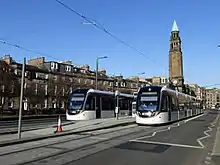
.jpg.webp)
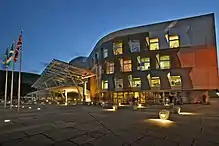
.jpg.webp)

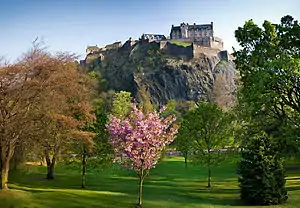
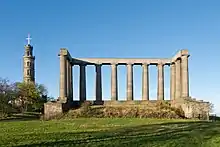
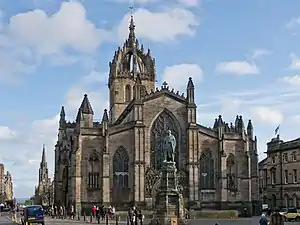
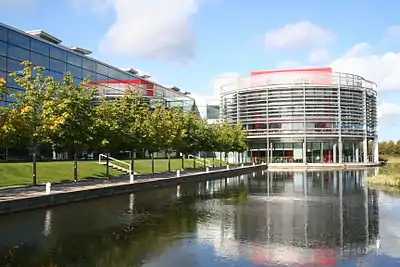
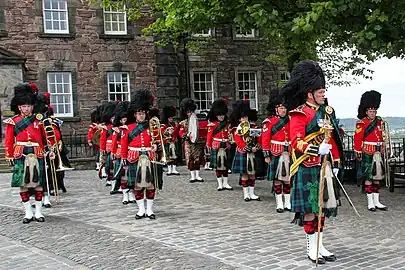
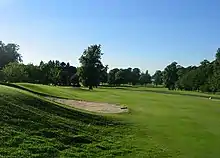
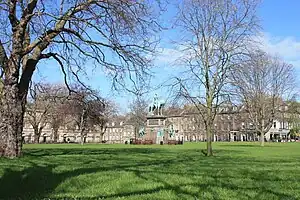
.jpg.webp)
.jpg.webp)
